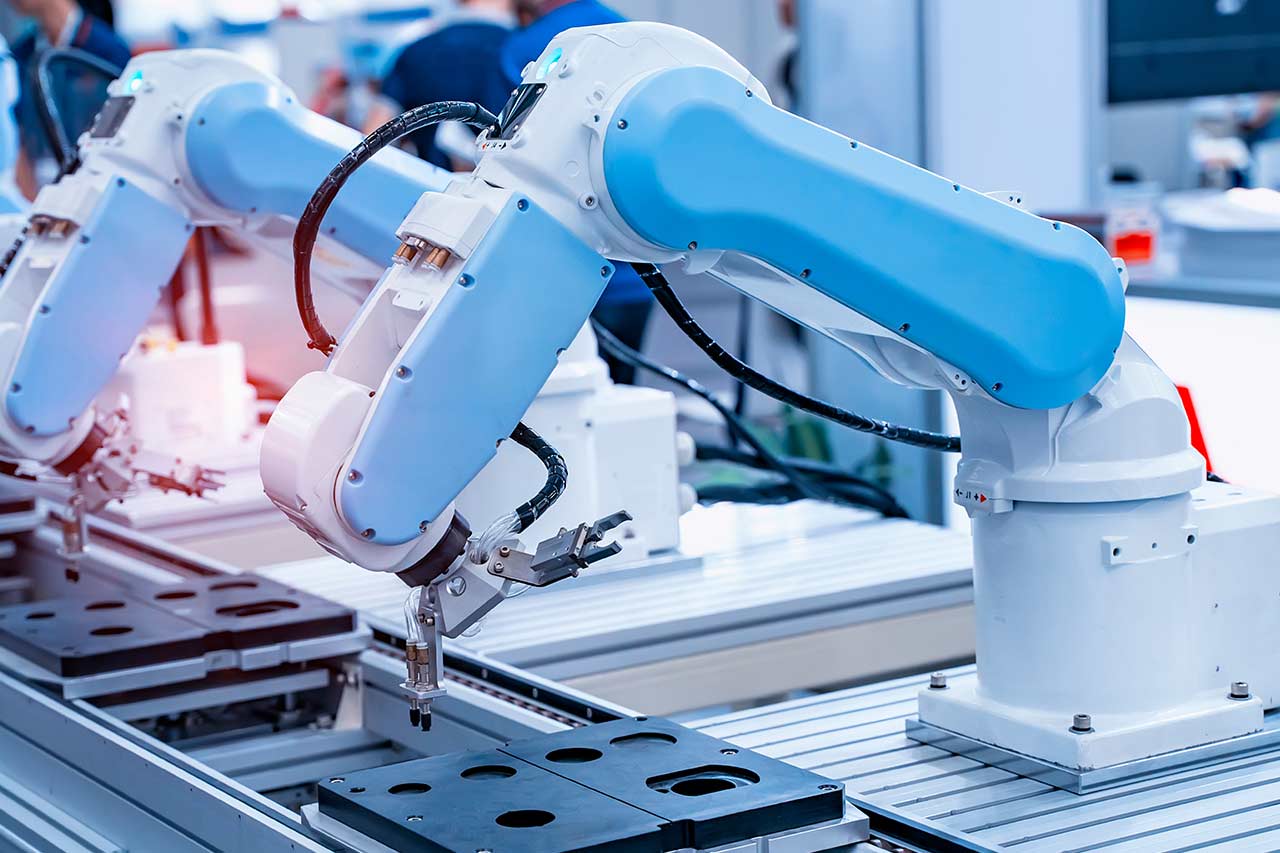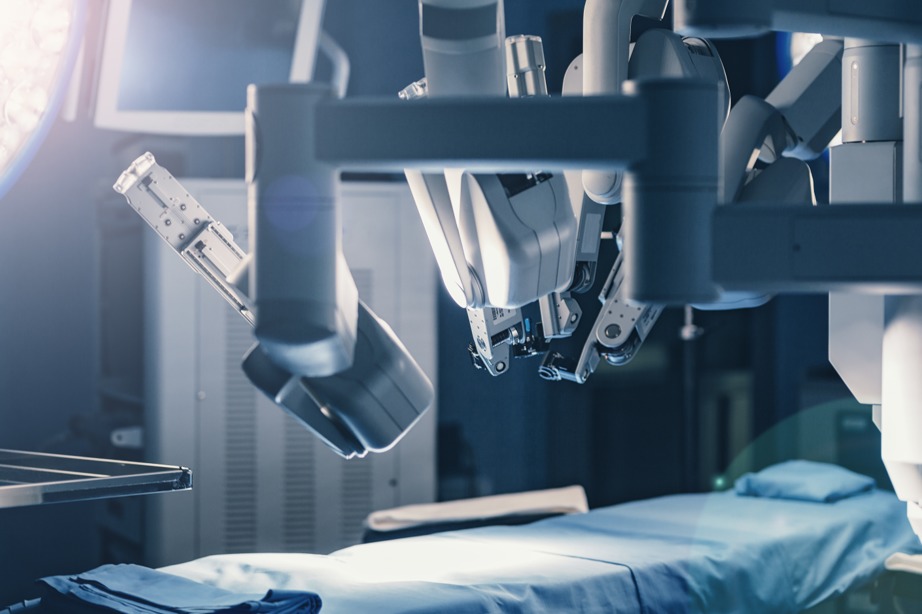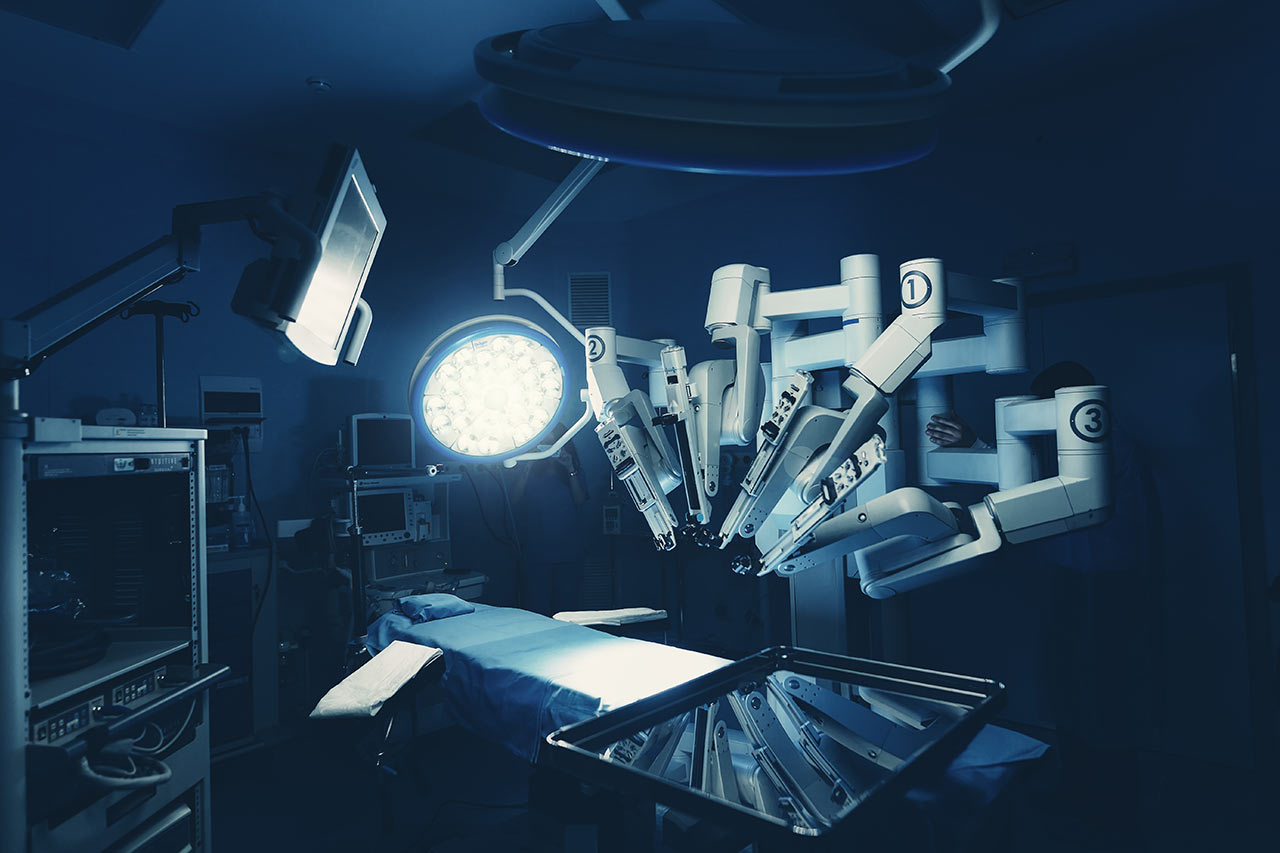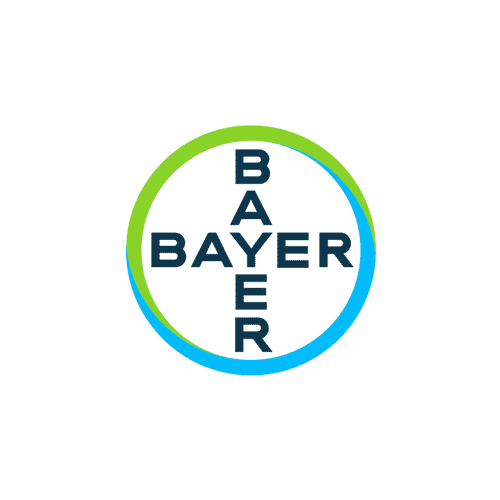
Industrial robotics
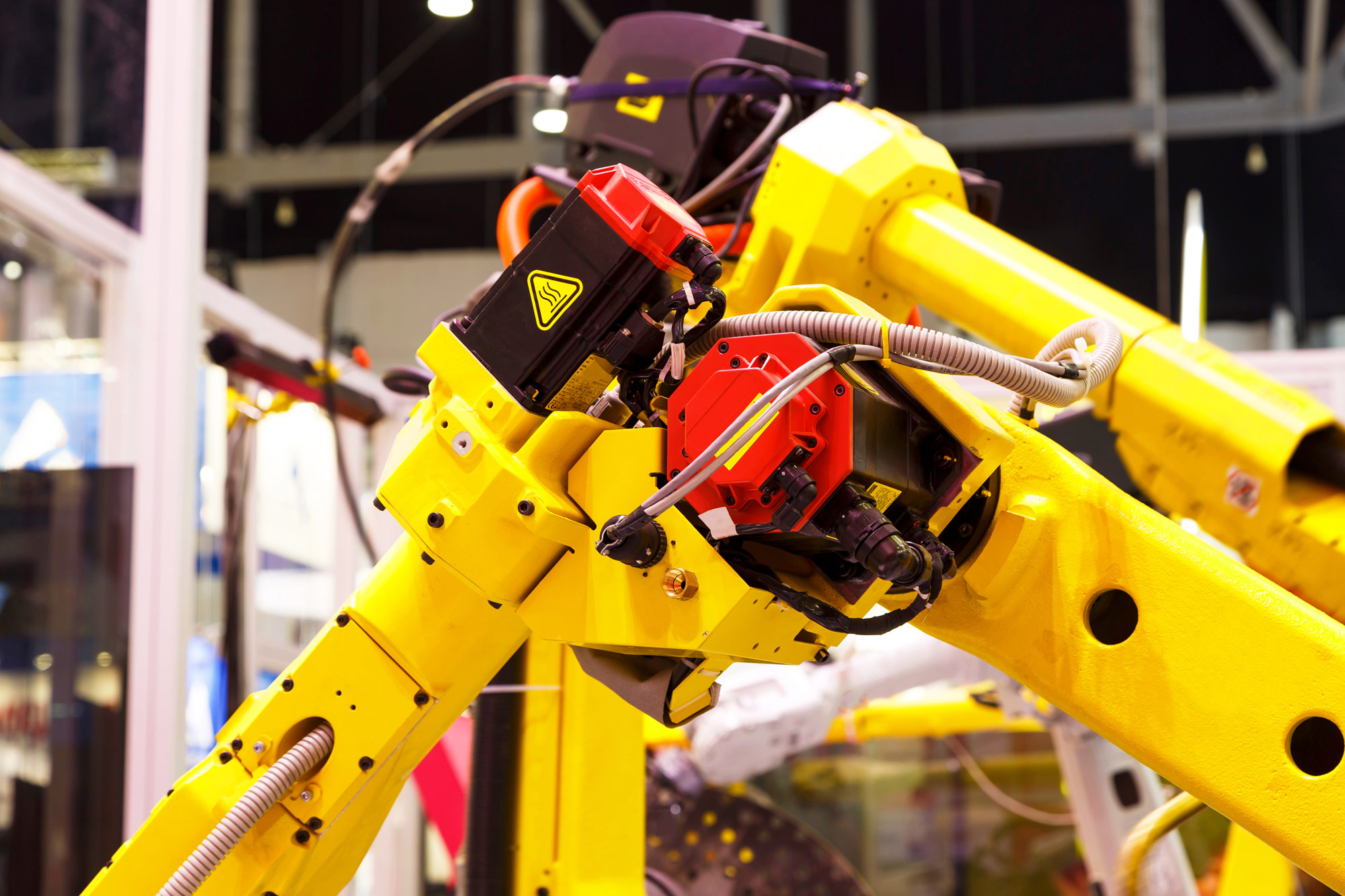
Optimize your production processes by integrating new robotic innovations
Our specialized team explores robotics applications across various industries and supports manufacturers in their innovation projects related to industrial robotics, production automation, and understanding robotic technologies.
They trust us




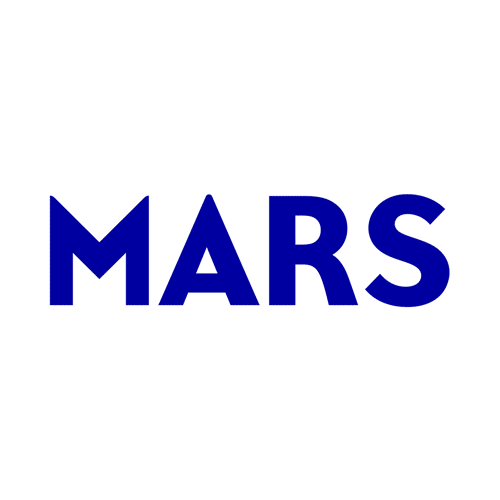
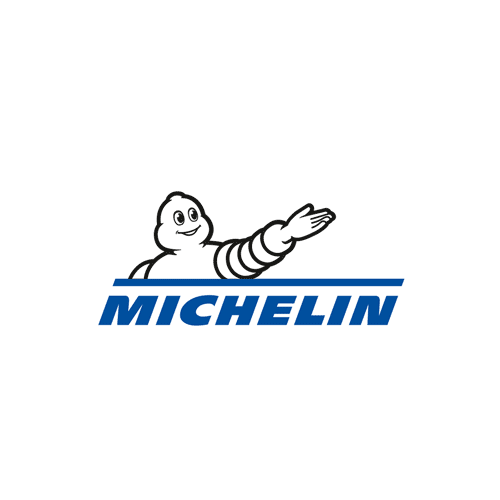

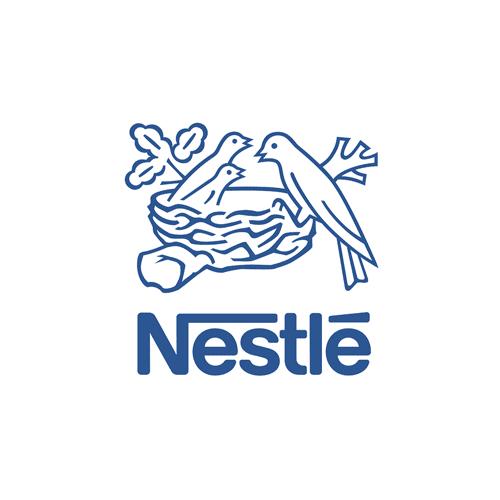





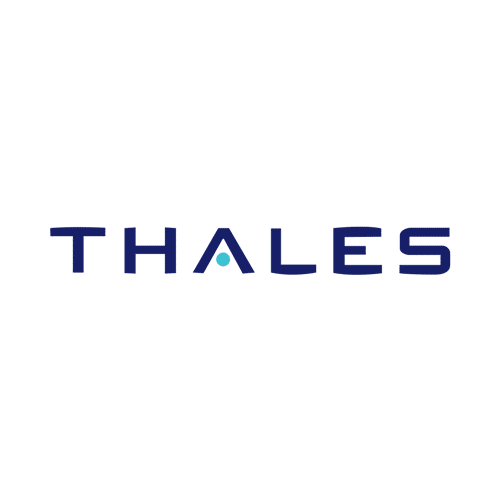

The challenges related to industrial robotics
The technological breakthrough driven by robotics has been ongoing for several years now. In a changing world driven by the rise of Industry 4.0, robotics brings new capabilities and constitutes a growth lever for industrial companies. It impacts on production modes, on economic models as well as on social interactions.
As such, there are many issues and challenges facing robotics across all sectors, including:
The automation of processes by robotics brings considerable benefits to industrial operations: less arduous work for operators, time saving with autonomous robotic systems that can work 24 hours a day, increased throughput, detection and reduction of non-conformities, etc. However, industrial robotics must also meet the challenges of its integration: ability of a robot to perform several different tasks, physical integration into the existing production line, integration into the information system, etc. Tomorrow’s industrial robot will have to combine ease of integration with safety along with a small footprint, a diversity of achievable tasks, and more.
Who are the right partners for integrating robotic technologies into your business? What is the feedback from actors with similar issues following the automation of their production? How can the implementation of robotics impact the business model of an activity?
If on the one hand, the robot aims to reduce the arduousness of the work for the operators, it also exposes them to new risks, when it takes up more and more space in the place of production, especially in the case of collaborative robots. Their implementation requires taking into account the risks induced for the operator during operational functioning or during adjustment or maintenance phases: risk study specific to the workstation, implementation of protection and signalling devices, etc.
How to change processes to integrate robots securely into a production process?
Robotic strategies tend towards intelligent robots equipped with powerful artificial intelligence software to enable them to collect information and quickly perform their tasks. In this context, a clear legal framework must be established to manage their responsibility in the event of an incident as well as to manage the access and management of data generated by those robots (data access and transfer, responsibility in the field of data-driven products and services, and data portability).
What are the regulatory constraints to be taken into account for the integration of robotics into its production?
In production sites as in laboratories, industrial robotics meets the challenges of increasing capacities, under controlled and aseptic conditions, both in terms of production / bioproduction and laboratory analyses. Beyond that, new robotic technologies are also disrupting healthcare practices, for example, through the development of robotic-assisted surgery, which enables precision gestures to be performed or reproduced, while limiting errors. In addition, robots, especially intelligent robots, are gradually making a place for themselves in care pathways: assistance to patients or healthcare professionals in hospitals, assistance to the elderly in institutions, etc. which generate numerous technological, health and regulatory issues.
What are the technological, health or regulatory barriers to consider in the automation of healthcare production? What technologies are suitable for the bioproduction and handling of innovative therapy drugs? What new healthcare services and business models can be imagined from the integration of robotics?
How we support you in your projects related to industrial robotics
Alcimed supports its clients in their innovation and new business development projects in the field of robotics. This transverse theme impacts our clients in all sectors: life sciences (healthcare, biotech, agrifood), energy, environment, mobility, chemicals, materials, cosmetics, aeronautics, space and defense. We also work on these areas with public institutions to support and develop the automation of industries in our territories.
Our teams deal with a wide range of topics, as broad and diverse as the field of application of industrial robotics. For instance, we support our clients in the state of the art of robotics technologies adapted to their issues, the benchmark of best practices with players in other sectors who have implemented these technologies, the launch and animation of internal robotics innovation projects, the definition of their positioning on the robotics market, the definition of new solutions, the identification of promising application segments, the development of business cases and value propositions, or their go-to-market and market access strategies.
Examples of recent projects carried out for our clients in industrial robotics
Business case for a “smart production” activity in the aeronautics industry
We worked for a leader in the aeronautics industry who wanted to assess possible business models and to develop a business case for the deployment of CoBOTs (Collaborative Robots) in its manufacturing sites.
To achieve this, our team carried out a benchmark of other manufacturers using such robots in their activities, followed by discussions with experts in the field. The aim was to enable our client to understand all the possible uses of these robots, to assess the savings induced by their implementation and to develop a roadmap for the deployment of these machines within its sites.
Our team then co-built with our client a complete business case enabling them to support the project with their management committee.
Go to market plan: launch of a digital surgery platform
Our team supported a leader in medical devices to prepare the European launch of its innovative platform in digital surgery.
Our client wanted to understand how to launch its platform in each of the countries concerned by the launch (players to target, launch sequence, terms of purchase and integration, etc.).
By mapping the key players involved in the purchase and integration of such robotic solutions (within and around the hospital), and by analyzing their levels of influence, Alcimed enabled its client to develop its go-to-market strategy and to train the sales and marketing teams of each European country.
Learning expedition to rethink automation and develop robotics in the laboratories of a healthcare player
We supported a leading healthcare player on a robotics and automation project with the aim of answering a key question: how to achieve an automated end-to-end analytics workflow in all their laboratories? To do this, we organized a learning expedition to explore how the laboratories and production facilities of other manufacturers were organized in terms of robotics and automation in this field, and to draw inspiration from their practices.
In collaboration with our client, we therefore visited and interacted with its counterparts in several other industries including aeronautics, agribusiness and automotive.
This exercise helped generate inspiring ideas which were then transposed into our client’s environment to transform their own workflow at an analytical level.
Launch of an open innovation challenge in the field of robotics
We created and launched an external open innovation challenge for an energy player wishing to boost a new innovation model in the field of robotics.
Our teams supported our client on the definition of the synopsis, the writing of the rules and the technical specifications, as well as the identification of funding methods, right up to the launch of the challenge.
Around thirty teams across the world responded to the challenge, but only one won it!
Mapping of robotics applications in R&D laboratories
Our client, a player in the chemical industry, wanted to gain a better understanding of the opportunities offered by robotics for formulation and evaluation operations.
To help them, we began by segmenting the key unit operations in a laboratory to identify the offerings on the market capable of carrying them out. We also defined specific case studies to be tested with solution providers and analysed the relevant case studies to get an initial idea of the potential benefits for our client’s activities. We then interviewed robot manufacturers and robotics solution integrators to assess with them the technical feasibility and timings associated with the specific case studies defined with our customer.
In the end, we drew up a roadmap to identify the solutions and players to be mobilised. This roadmap fed into the action plan defined by our customer.
Identification of innovation and new business opportunities by deciphering industrial robotics applications
Our team supported a manufacturing company willing to diversify their revenues and profit sources by the identification of new businesses in industrial robotic applications, compatible with their capabilities.
To do so, we explored two selected potential markets. We prioritized the most attractive segments regarding robotics and identified the main figures, the major players, the existing and emerging solutions, the pain points and needs, and the technical prerequisites for each segment.
Based on the collected insights and our client’s vision, we provided our client with profiles and names of potential partners, areas of application to be favored, and designed two scenarios with medium-term and long-term visions.
You have a project?
To go further
Energy - Environment - Mobility
Autonomous robotics: heading towards robots closer and closer to humans for industrial applications?
Autonomous industrial robotics: robots to assist humans Since the first robotic solutions developed at the beginning of the 20th century, such as John Hammond and Benjamin Miessner's electric dog in ...
Healthcare
Robots in surgery: the new must-have for surgeons
The immersion of an "Alcim" in the operating room: dive into the experience of a robot-assisted operation.
Healthcare
Opportunities of robotics in surgery: Will robots become the surgeons of the future?
Surgery robots are more and more finding their way into medical practice and their worldwide market is anticipated to increase steadily with a growth rate of 22% between 2018 and 2025. With a ...
Founded in 1993, Alcimed is an innovation and new business consulting firm, specializing in innovation driven sectors: life sciences (healthcare, biotech, agrifood), energy, environment, mobility, chemicals, materials, cosmetics, aeronautics, space and defence.
Our purpose? Helping both private and public decision-makers explore and develop their uncharted territories: new technologies, new offers, new geographies, possible futures, and new ways to innovate.
Located across eight offices around the world (France, Europe, Singapore and the United States), our team is made up of 220 highly-qualified, multicultural and passionate explorers, with a blended science/technology and business culture.
Our dream? To build a team of 1,000 explorers, to design tomorrow’s world hand in hand with our clients.
Robotics is the field of application of robots. But when can an automaton really be considered a robot? The answer is not so clear; there are almost as many definitions as there are robots! However, it is commonly believed that a robot is a system that must be able to interact with the physical world via sensors and actuators. It must also be powered by an energy source and above all, it must be programmable, i.e. able to follow instructions given by its user. Finally, unlike a simple automaton, an intelligent robot is able to analyze its environment and react accordingly.
The term collaborative robots is specifically used when humans and robots work in the same place and at the same time.
Robotic machines are increasingly used in industrial processes to reduce the workload of the human operator while improving the productivity and the quality of the work performed. This is referred to as production automation and industrial robotics.
In the manufacturing sector, 6 types of industrial robot are commonly used for their ability to carry out repetitive operations with great precision and efficiency… They can be grouped into 3 main families according to their degrees of freedom, axes of movement and ability to move in three-dimensional space:
- Horizontal: Cartesian robots and SCARA (Selective Compliance Assembly Robot Arm)
- Vertical plane: Cylindrical and delta (parallel robot) robots can reach any point in three-dimensional space.
- Human arm: Polar robots and articulated robots.
